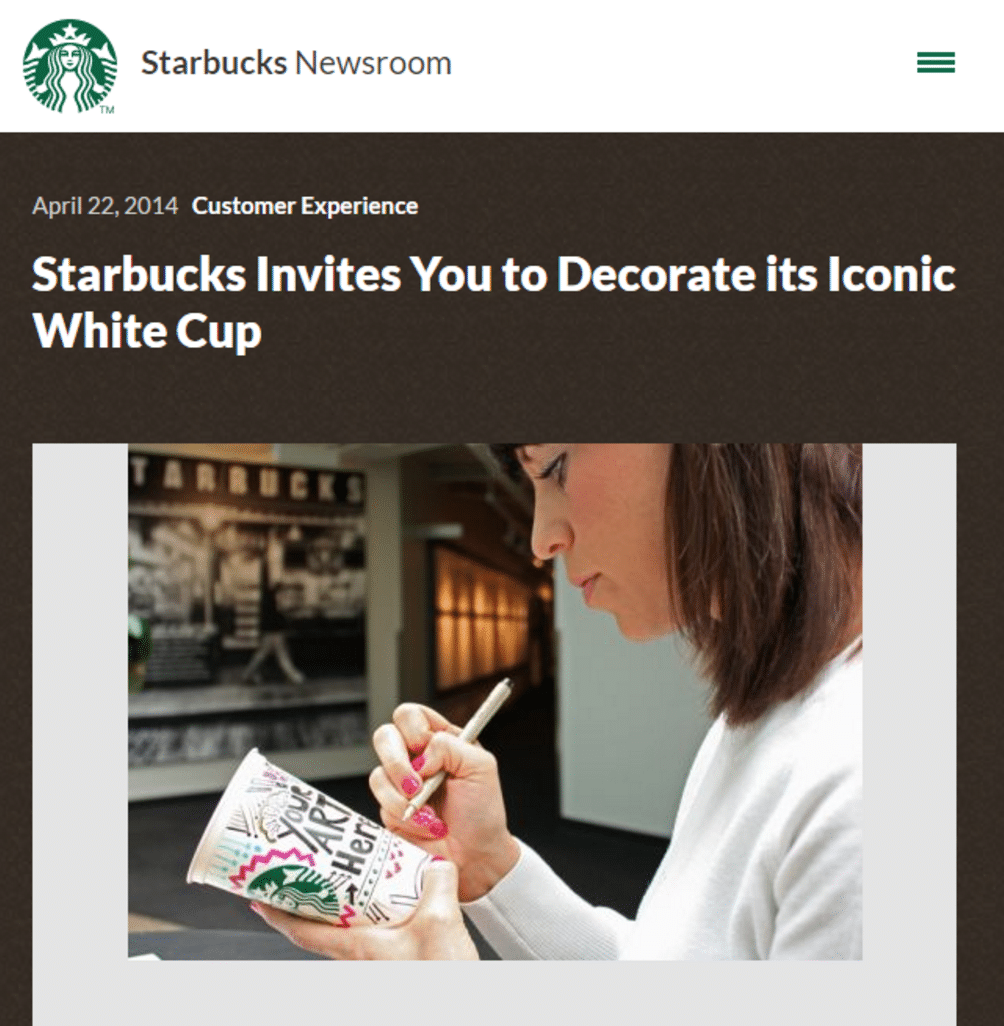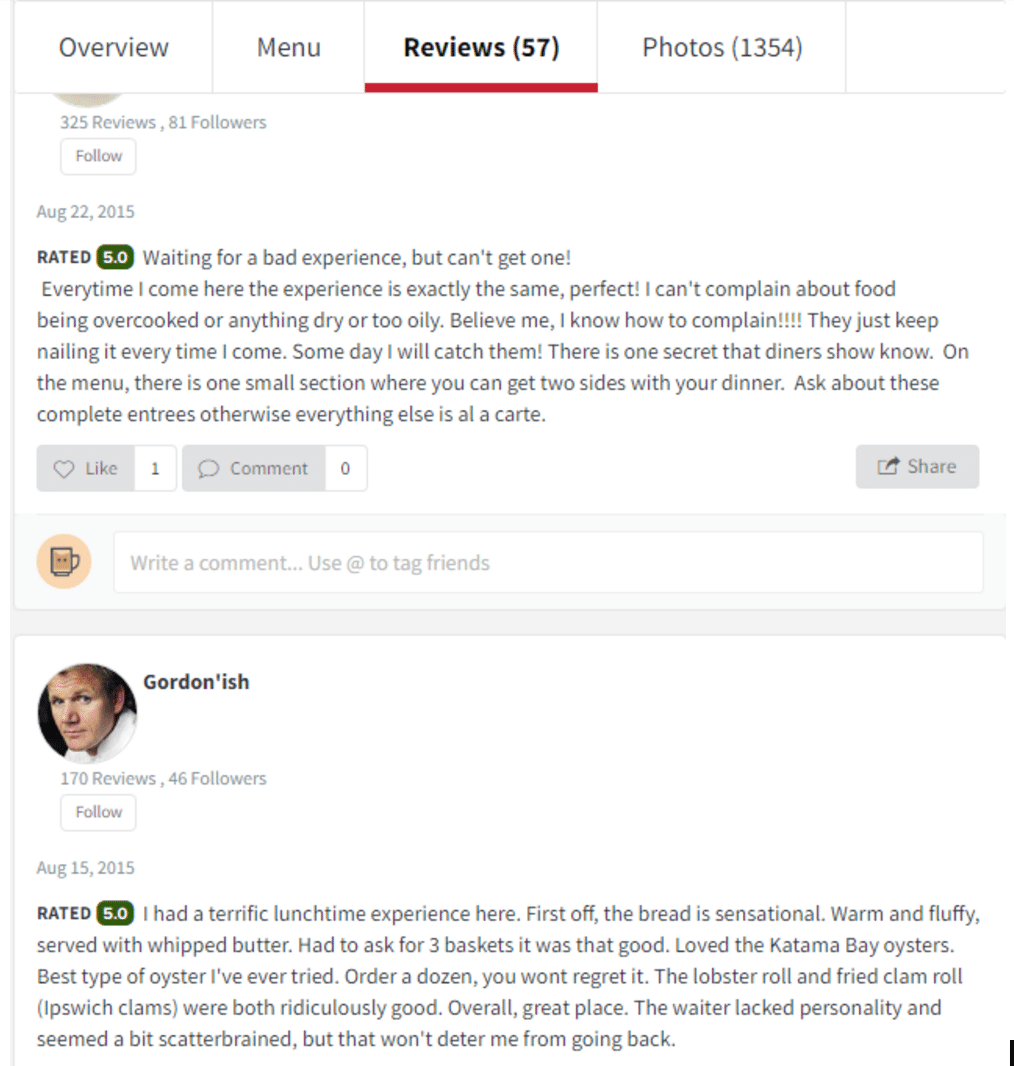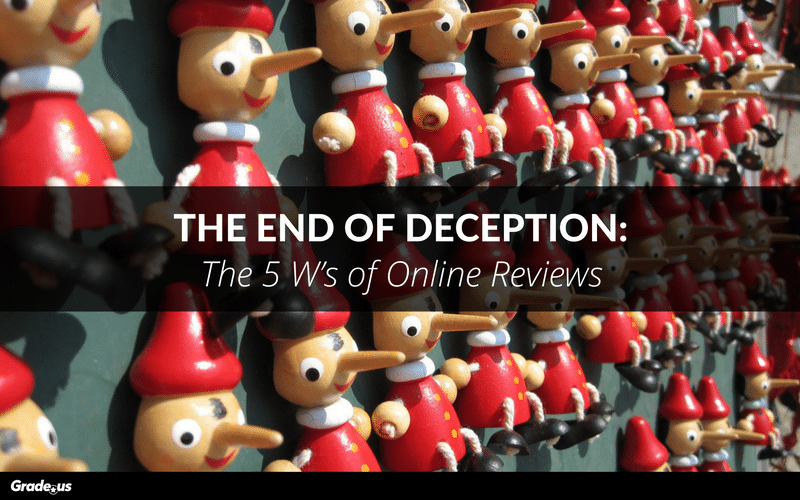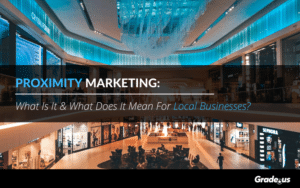As useful as online reviews can be, let’s face facts–there’s an awful lot of BS out there.
Take a look at a study conducted by the Harvard Business School. According to their data, 20% of the Yelp reviews you see are fake. And they’re not the only ones that think this is an issue. Yelp themselves have gone on record claiming that about 25% of their submitted reviews are suspicious or not recommended.
Let’s be clear: the modern consumer is anything but stupid. Over the years, fake reviews have just made the people more critical of online reviews. But despite all of these issues, the online review system is still one of the best ways for local businesses to educate potential customers and take advantage of ‘word-of-mouth’ marketing.
With 80% of people trusting online reviews as much as they trust personal recommendations, it’s not like the average local business can afford to ‘sit on the sidelines’ when it comes to online reviews. But all of this data brings up a few questions. What can businesses do to get the most out of the online review system?
The answer to that question begins with a critical realization: the world is not what it used to be.
Ditch the Old-School: Marketing in an Interactive World
There was a time when consumers believed just about anything their TVs told them. A time when marketing campaigns were less about connecting with your audience, and more about bombarding your audience with a massive, in-your-face media presence. Before the internet exploded in popularity, marketing was essentially a passive, yet disruptive experience for consumers.

But along the way, something happened. With one quick Google search, consumers can now see exactly which businesses are doing right by their customers and which ones are BSing them.
Modern consumers are critical, social and anything but passive.
Today, the best marketing is interactive, and with good reason! People went from watching whatever was on TV to canceling their cable subscriptions and watching all their favorite shows on Netflix and HBO NOW. Adblockers are rising in popularity with every year that passes.
By embracing the changing expectations of consumers, social media networks were able to change the brand and consumer conversation. In doing so, they made the process of adding a human touch to your marketing simpler and more straightforward. And whether we like it or not, online consumers expect authentic social engagement from brands.
Remember: The modern consumer has no interest in being ‘lectured to’ about a product or service–they want to be part of the conversation.
Now, all of this might sound intimidating to the average local business owner. After all, the realization that they’re running a business at a time where traditional marketing strategies are going out the window can be an unsettling one. But should they be worried?
Absolutely not.

Today, local businesses can build their own platform and reputation with a couple Tweets, a few Facebook posts and a bunch of positive reviews. Just for fun, let’s ignore how cost effective this method is compared to traditional media for a second. What really matters here is the interactive nature of the internet.
Consumers will actively seek out the best and when they find it (whether it’s an enterprise of a local business), they’re going to engage with the business that respects their customers the most. There are plenty of examples that you could look at (massively successful advertising campaigns built off user-generated content, companies actually responding to their customer’s comments, etc.). The modern consumer cares about saving money–but they care about having a positive experience just as much.

Understanding the Review
Let’s get this out of the way: the star rating system just isn’t going to cut it anymore.
That might seem like a strange thing to focus on but it’s actually the root issue of failed online review efforts. Again, consider the differences between the marketing strategy of yesteryear and the marketing strategy of today. The old consumer might have been okay with having some random guy in a lab coat endorse a product on TV, but those days are long gone.
The modern consumer doesn’t want an arbitrary system that vague defines whether a business is ‘good’ or ‘bad’. They want depth! Substance should be the number one priority of any local business owner’s online review strategy.
But don’t just take our word for it. The most popular, reputable online review businesses in the world give consumers a place to express exactly what’s on their mind. Sites like Zomato pride themselves on making it easier than ever to find the restaurant you want. While they still offer a numerical rating system, they make sure to offer a review section that actually gives consumers a chance to voice their opinions on their experience.

The difference between a numerical online review and a detailed online review is simple: transparency. Having the ability to see exactly what kind of experience they can expect at a local business is a great way to turn a potential customer into a paying one.
So, we’ve accepted the importance of the detailed online review. In that case, what does the modern consumer focus on when leaving one? Knowing what consumers actually care about is more than just valuable knowledge–it’s the foundation for building a relationship with your audience. Before local business owners can give customers what they want, they have to figure out what their customers want in the first place (fun fact: the answer isn’t always cheaper prices).
The 5 W’s of Online Reviews
In the spirit of keeping things simple, let’s break down the review process into 5 steps. By focusing on the predominant issues that most reviews cover, the local business owner can gain a better understanding about how to improve upon in their business.
The Who:
This is where the reviewer will define the business they’re reviewing. Basically, this is how they’ve interpreted your brand message. The ‘who’ of a review is usually going to be based on their overall experience (‘XYZ was a business that didn’t care about their customers’ or ‘XYZ was a business that put their customers first’).
Having trouble with this part usually means that there’s some overarching issue that needs to be addressed. It could be something as simple as a lack of congruent branding, like a local business saying they’re an upscale bar when they have a more relaxed pub vibe. It could also be a legitimate issue with customer service like messing up a customer reservation or making them wait hours beyond their scheduled time.
Interestingly enough, the ‘who’ can also end up including a specific mention of an employee or team member that the reviewer engaged with. Whether the reviewer had an amazing experience or a terrible one, be prepared for your customer’s experience to revolve around their interaction with your staff.
The What:
This is usually the meat of the online review. Typically, the ‘what’ covers the reviewer’s unique experience and what they noticed about a business. This is typically the aspect that other potential customers will notice the most. The ‘who’ draws them in, but the actual play-by-play of the reviewer’s experience is what feeds into their decision the most.
The ‘what’ can end up diving into everything from customer service to return policies. If they loved the way they were treated by the entire staff, this where you’ll see it. If they hated that your website said you had a product that wasn’t actually in the physical store, you’ll find out about that too. The only way to prepare for this is by ensuring that every aspect of your customer’s experience is top-notch.
The When:
Timing is everything. Nowhere is that more apparent than in the world of online reviews. The ‘when’ section matters (particularly if the local business is a restaurant) because it lets potential customers know whether or not a local business values their time. More importantly, what do they do to safeguard their customer’s time?
Obviously, the ‘when’ will usually refer to literal time. Sales, customer support, returns…if they had to wait an extra hour, be prepared to hear about it from the reviewer. On the other hand, if their experience was speedier than they’d originally imagined, you can expect praise for providing them with a superior experience. Reviewers usually value their time at a premium, and so should you. After all, no one’s ever complained about getting exactly what they wanted too quickly.
The Where:
Conducting great business is one thing, but having a great location is massive. No one wants to eat at a 5-star restaurant that’s falling apart. Noisy traffic, poor maintenance, no parking…these are all things that can ruin a reviewer’s experience very quickly.
Your customer experience doesn’t start when they walk into your store. The customer experience starts the moment someone is a potential customer. Ensure that your address is up to date on all your social media platforms (especially if you moved recently). If your business is hard to find, acknowledge that by making an effort to make it easier (use landmarks in your directions, etc.). Whether we want to admit it or not, having an easy-to-find, noise appropriate location that people actually want to be in matters quite a bit.
The Why:
While this might not seem particularly important, we’d argue that this is the key to getting positive reviews. The ‘why’ is all about your business’s motto and mission statement or, more importantly, how your business’s message was interpreted by the reviewer. If they had a poor experience, they’re likely to think that your business exists solely to make a profit, with no concern for your customers.
Being cheap is wonderful. But you know what’s really memorable? Seeing that a company’s’ motto is “we treat customers like family”, and actually feeling like that’s true. At the same time, making sure that everyone on your staff is consistently following your mission statement (ex: actually listening to customer feedback) can be tricky.
And there’s the danger. If local businesses don’t focus on creating experiences for their customers that highlight the business’s values (putting the customer first, providing quality services, accepting constructive feedback and using it to build a better experience), they run the risk of providing lackluster experiences, getting poor reviews and missing out on the benefits of having a positive online review presence.
Local businesses need to promote their detailed reviews because it shows potential customers that they recognize the importance of transparency. Understanding how consumers deal with the online review BS is about more than finding clever ways around it–it’s about crafting an identity, sharing that identity, and building an online community that’s based on one core principle: trust.
About the Author
Brian Leguizamon
Hey, I'm a content marketer that's worked with companies like Shopify and Gigster, solving startup problems daily. Check me out on Medium. Or don't. Your call.











